Market Trends
Key Emerging Trends in the Loungewear Market
In the dynamic world of fashion, the Loungewear Market has witnessed a surge in popularity, especially with the changing lifestyle trends and the rise of remote work setups. Within this bustling market, companies deploy various market share positioning strategies to differentiate themselves, capture market share, and stay ahead of the competition.
One of the key strategies in the Loungewear Market revolves around product innovation and differentiation. With a plethora of brands vying for consumer attention, offering unique and innovative loungewear designs is crucial. Companies often invest in research and development to create loungewear pieces that not only prioritize comfort but also incorporate trendy elements and functional features. This could include innovative fabric blends for enhanced breathability and moisture-wicking properties, stylish designs that blur the line between loungewear and casual wear, or sustainable materials to cater to eco-conscious consumers. By offering distinct products that stand out in terms of style, comfort, and functionality, companies can carve out their niche in the market and attract a loyal customer base.
Pricing strategy is another pivotal aspect of market share positioning in the Loungewear Market. Companies must strike the right balance between affordability and perceived value to appeal to their target audience. Some brands opt for a premium pricing strategy, positioning themselves as luxury loungewear options crafted from high-quality materials with meticulous attention to detail. These brands target consumers who are willing to pay a premium for superior comfort and craftsmanship. Conversely, other brands may adopt a more affordable pricing strategy to cater to budget-conscious consumers, offering stylish loungewear at competitive price points without compromising on quality. By aligning their pricing strategy with their target market's preferences and purchasing power, companies can effectively compete for market share.
Distribution channels play a crucial role in reaching consumers and gaining market share in the Loungewear Market. Companies must ensure that their products are readily available through various channels to maximize accessibility and convenience for customers. This involves partnering with retail outlets, department stores, specialty boutiques, and e-commerce platforms to expand their reach. Additionally, direct-to-consumer channels such as brand websites and exclusive online stores offer companies greater control over their brand image and customer experience. By leveraging a diverse range of distribution channels, companies can increase their market penetration and capture a larger share of the loungewear market.
Brand positioning and marketing communication are essential components of market share positioning strategies in the Loungewear Market. Building a strong brand identity that resonates with consumers is crucial for differentiation and brand loyalty. Companies invest in branding efforts that convey their unique value proposition, whether it's a focus on sustainability, inclusivity, or versatility. This could involve extensive marketing campaigns across various channels, influencer partnerships, social media engagement, and experiential marketing initiatives. By establishing a compelling brand narrative and forging emotional connections with consumers, companies can differentiate themselves from competitors and solidify their position in the market.
Market segmentation is another strategy employed by companies to capture market share in the Loungewear Market. By identifying and targeting specific consumer segments based on demographics, psychographics, or behavior, companies can tailor their product offerings and marketing strategies to meet the unique needs and preferences of different customer groups. For example, targeting millennials with athleisure-inspired loungewear designed for both comfort and style, or offering maternity loungewear for expectant mothers seeking comfortable yet fashionable options. By catering to niche markets, companies can effectively compete for market share and foster customer loyalty.

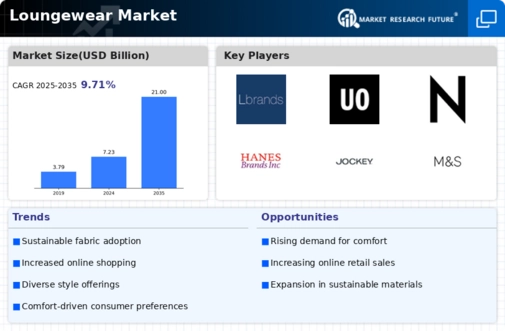
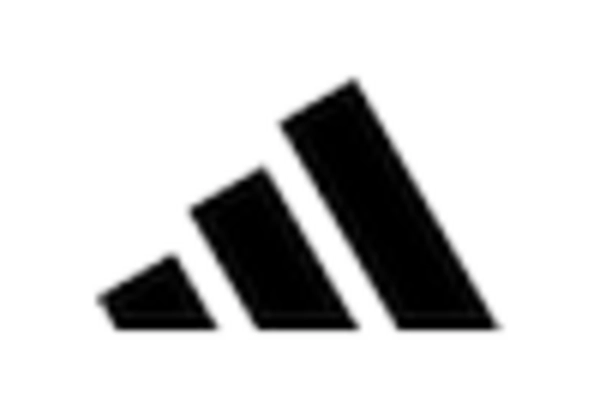
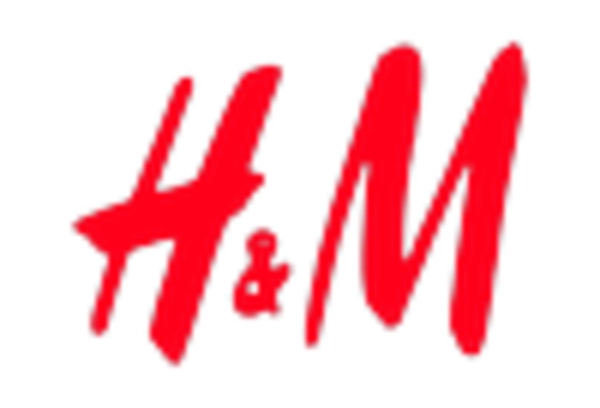

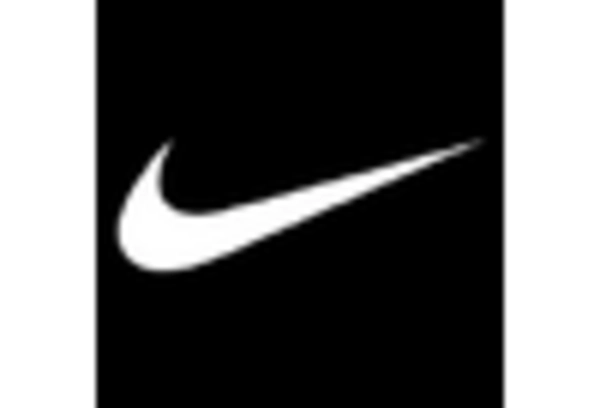
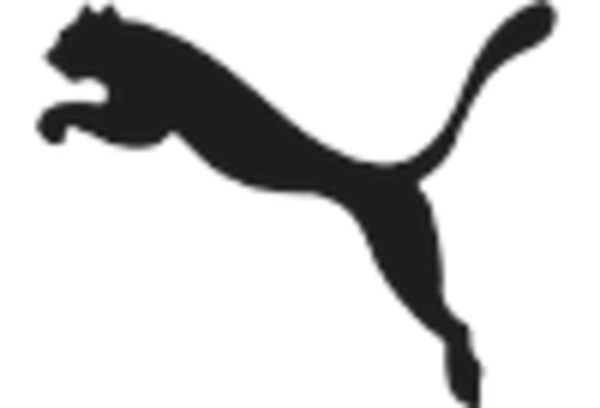










Leave a Comment